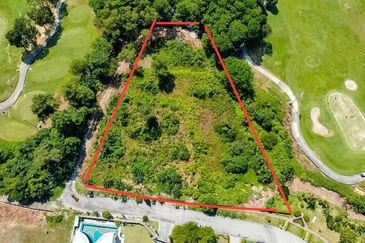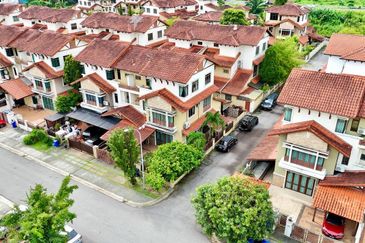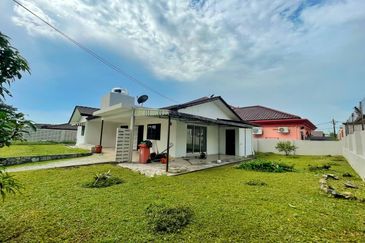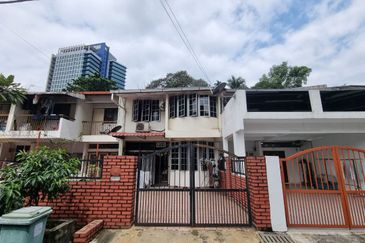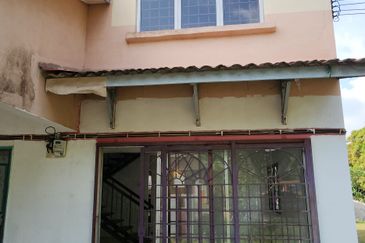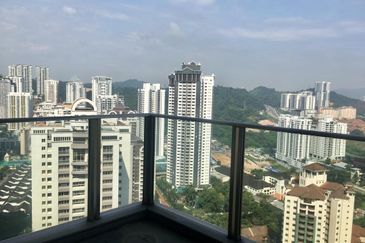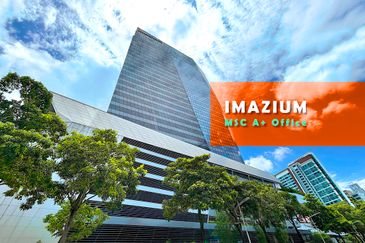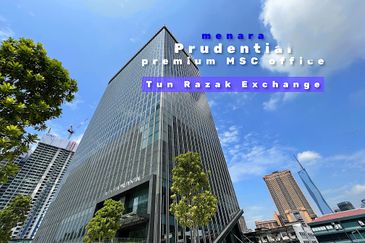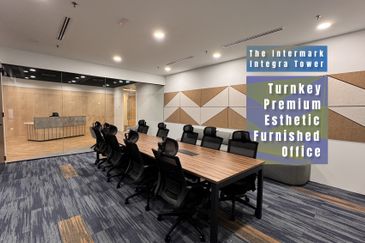
IPOH (July 27): Han Chin Pet Soo in Ipoh old town was once a mysterious villa, with little known about what went on behind its doors, but now it is now open for the public to glimpse into its decades of secrets.
After a year-long restoration programme, the pre-war shophouse built in 1893 is now open for visitors. It retains much of its original interior, which until 2013 was only privy to members of the Hakka Club, originally the Han Chin Tin Miners’ Club run by mining magnate, Leong Fee.
The two-storey shoplot on Jalan Bijeh Timah or Treacher Street, is not far from the famed Concubine Lane or “Yi Lai Hong”, as it is more fondly known as in Cantonese.
It stands out for its unique architecture, which features a dome on its facade, bright-patterned flooring and distinctly painted peacock tiles lining the porch columns.
“For the Chinese, peacocks are a symbol of beauty and dignity, which probably inspired the exterior design, but little is known of its architect,” said Ipoh World director Ian Anderson, who now runs the building as an extraordinary museum to preserve the Hakka miners’ legacy.
“I don’t think there is another museum like this in the world, which allows guests to sit on the original furniture and have a true immersion experience,” said Anderson.
He said that the building was also available to be leased for private functions, such as themed luncheons, dinners or corporate events.
“We can set up an authentic Hakka dining experience and guests will be able to sit at the same table as the Hakka miners, who once shared a meal under the same roof.
“The balcony upstairs is also cosy for a small party, just outside a room where club members once smoked opium, gambled and entertained with Japanese prostitutes,” he said.
Anderson and his team took pains to bring out charms of a bygone era, through antique displays of opium pipes and old-world paraphernalia, and sound effects like recordings of mahjong-playing, Hakka chit-chat and haunting Japanese singing voices.
The walls are covered with pictures and descriptions of famous Hakka tycoons – including philanthropist Leong Sin Nam, who had six wives and ran a licensed opium farm, and Lau Pak Khuan – who have also been commemorated by having city roads named after them.
Anderson, a 76-year-old retired British naval commander, derives personal joy in his labours to preserve the city’s heritage, and also runs website and blog, Ipoh World.org, an online archive of the city’s history, information and pictures on famous landmarks and archaeological artefacts.
He has lived in Ipoh for more than 15 years, along with his local-born wife.
“My wife’s uncle is also the first headmaster of Sam Tet school. He originated from Jiao Liang village in Guangdong, China, and went on to teach cathecism at St. Michael’s Institution.
“This is featured in a section in the museum,” he said.
Anderson said that the majority of funds for renovating Ipoh World came from Kinta Properties, along with public donations.
“Total refurbishing costs to clean, repair and renovate Han Chin Pet Soo to what it is now, came up to RM400,000. There is still much more work to be done, and a fair share is required for upkeep and maintenance,” he said.
He said admission was free, although patrons could donate by dropping cash in a box before exiting.
TOP PICKS BY EDGEPROP
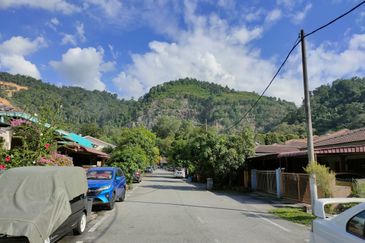
Taman Matang Jaya, Sungai Buloh
Sungai Buloh, Selangor
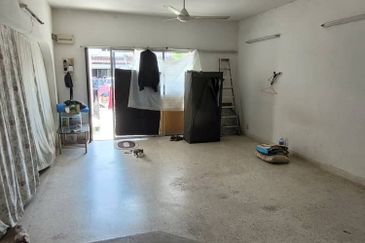
SS 21, Damansara Utama
Petaling Jaya, Selangor
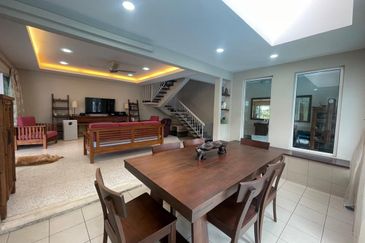
SS 21, Damansara Utama
Petaling Jaya, Selangor
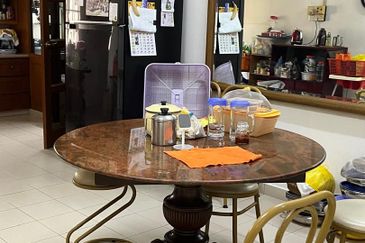
Taman Tun Dr Ismail (TTDI)
Taman Tun Dr Ismail, Kuala Lumpur
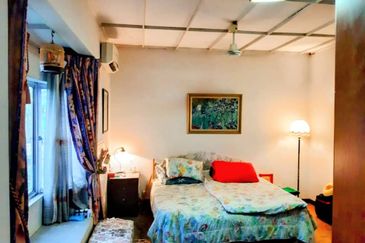
Taman Tun Dr Ismail (TTDI)
Taman Tun Dr Ismail, Kuala Lumpur
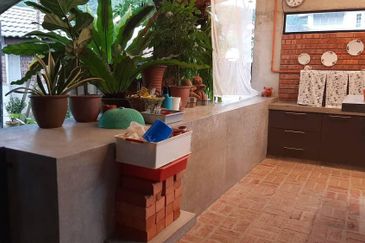
Taman Tun Dr Ismail (TTDI)
Taman Tun Dr Ismail, Kuala Lumpur

Menara HLX (formerly Menara HLA)
KL City Centre, Kuala Lumpur
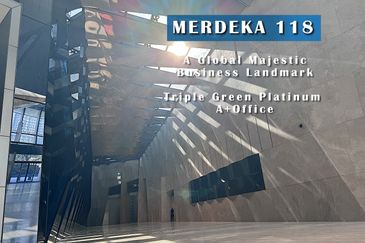
Merdeka 118 @ Warisan Merdeka 118
Kuala Lumpur, Kuala Lumpur

Bangunan Setia 1
Damansara Heights, Kuala Lumpur


